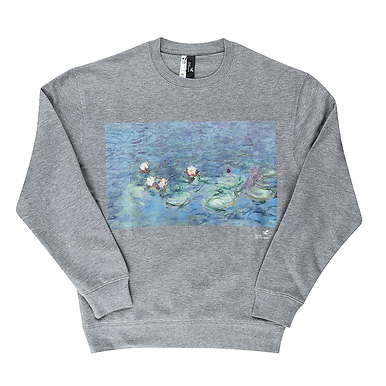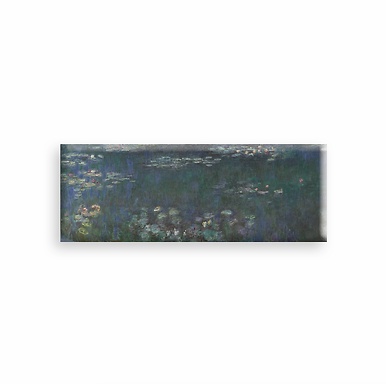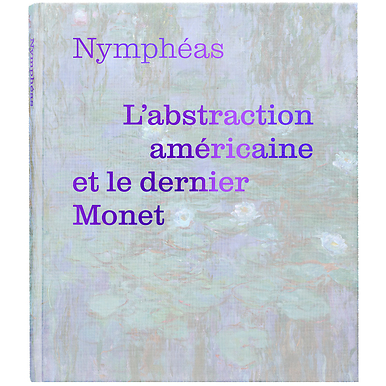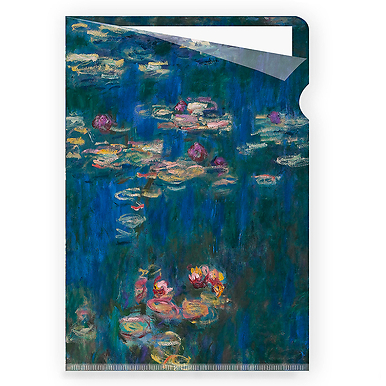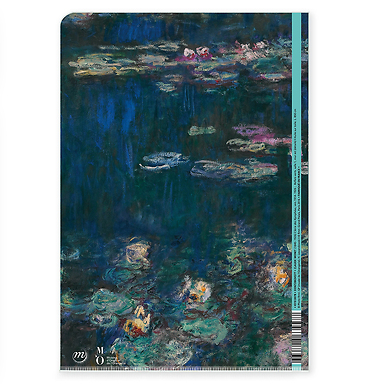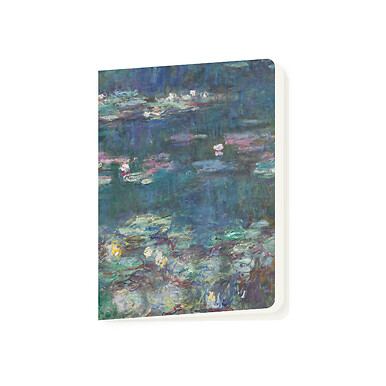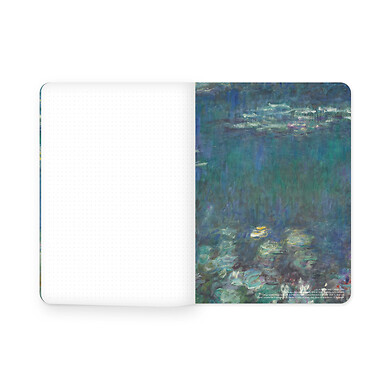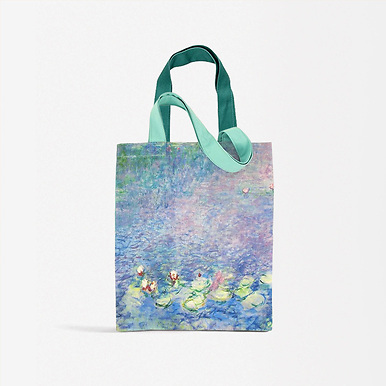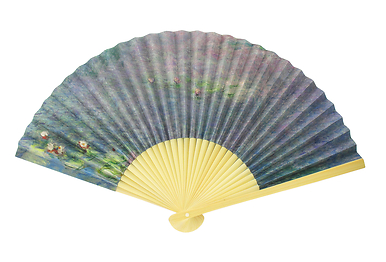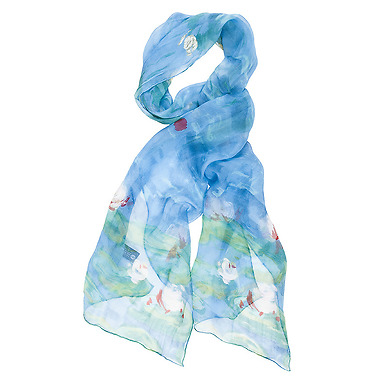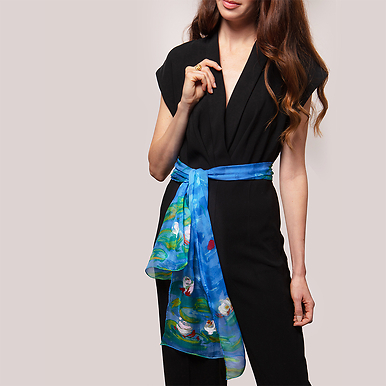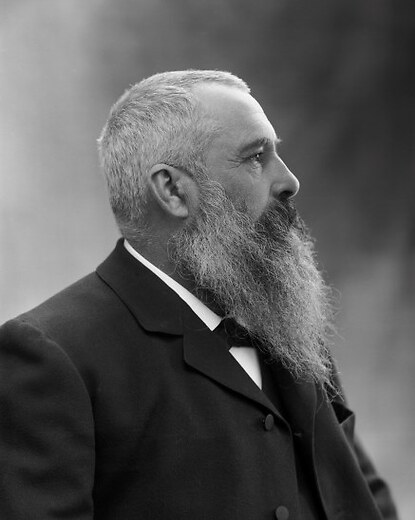Orangerie Museum Waterlilies Scarf - Green reflections
CH100429
Inspired by Claude Monet's Nymphéas (waterlilies) painting.
For nearly thirty years, Monet was interested in depicting one plant species, the nymphéa (water lily). Starting in 1897, the first paintings are small, their format almost square. Over two hundred and fifty canvasses were painted on this theme...
Read more
Inspired by Claude Monet's Nymphéas (waterlilies) painting.
For nearly thirty years, Monet was interested in depicting one plant species, the nymphéa (water lily). Starting in 1897, the first paintings are small, their format almost square. Over two hundred and fifty canvasses were painted on this theme of nature in its primordial forms: water, light, vegetation, splashes of flowers.
Wishing to participate in the 1918 victory, Monet offered two large panels to the French state and asked Clemenceau to act as a middleman. The latter persuaded the artist to extend his gift and, in the end, eight huge canvasses were exhibited in two big oval rooms at the Orangerie, after Monet's death but in accordance with his instructions.
Close
Login to see prices
Sold by GrandPalaisRmn







